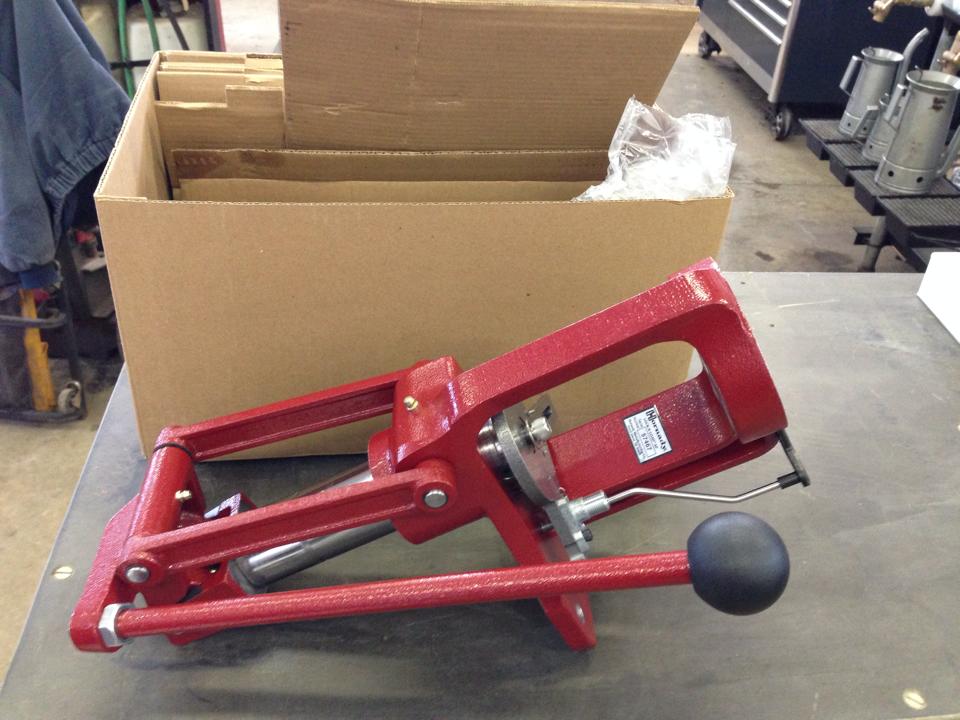Yesterday Apple held it’s Worldwide Developers Conference (WWDC) and announced a slew of new software and hardware. Most notable were the introductions of a new Mac Pro and iOS 7. Of course Apple also unveiled a new version of their desktop operating system, OS X. OS X 10.9 no longer follows the tradition naming convention of large cats, instead 10.9 is called Mavericks. Frankly, I think it’s a stupid name but the name really is irrelevant. What is relevant are the features.
The first feature Apple announced in 10.9 is property multi-montior support. Yes, Apple has finally joined the 1990s. No longer are users relegated to a menu bar and dock only on one screen and users can now have a full-screen application running on each monitor! All I can say is that it’s about fucking time.
OS X will also include Apple Maps. What does this mean for consumers? It means they can get the same shitty direction on OS X as they get on iOS and even transfer those shitty directions from their Mac to their iPhone or iPad.
iBooks will also be included in OS X. Mac users can now not read the books they didn’t buy in the iBooks Store because they were too busy buying them from the Amazon Kindle Store. As you can tell I’m absolutely ecstatic about this announcement.
That’s basically it. Apple did talk about new Safari features but nobody uses Safari so nobody cares what features are included in it.
Switching over to more exciting things Apple also announced new MacBook Airs. The new Airs are based on Intel’s new Haswell processor, which means the battery life is mind blowing. Apple claims the 11-inch Air will get 9 hours of battery life and the 13-inch will get 12 hours. Even if those claims are exaggerated and the 11-inch only gets 7 hours and the 13-inch only gets 10 hours those numbers of fucking impressive.
Hell hath also frozen over because Apple has finally announced a new Mac Pro. The new Mac Pro is an impressive piece of hardware. It’s no longer a large box. Instead the computer is shaped like a cylinder with a crap load of ports on the back of the device. It also includes new Xeon processors that are 256-bit, which I didn’t even know existed. The rest of the specs are equally impressive. In the end the new Mac Pro was probably the best thing that was announced. Sadly it’ll probably cost $5,000 because of the obviously alien technology included in the case.
I also mentioned the new version of iOS was announced. The biggest difference between iOS 6 and iOS 7 is the graphical interface. Apple gave iOS a complete overhaul. The shitty skeuomorphic applications are finally gone; replaced with flat icons in pastel colors. I’m not sure if I’m wild about the color scheme since it looks like the Easter Bunny vomited all over the screen but I’ll take a new design that looks a little nutty over the old design that I was getting bored of.
iOS 7 also includes a new feature called Control Center. Control Center is a small dashboard that allows users to quickly disable wireless interfaces, adjust the phone’s volume, adjust the screen brightness, and several other features Android users have been enjoying for ages. I’m glad Apple has finally joined the party, it would have been better if they arrived on time.
There’s also some unspecified multitasking features. I hope this means applications can have some limited access to network resources while sitting in the background but I’m guessing the implementation won’t be as good as I’m hoping. I’ll have to play with this feature before I make any ruling. On the upside Apple has finally copied WebOS’s app switcher, which was basically the best app switcher implemented in smartphone history.
The other iOS features were pretty minor in my opinion. It was good to see Apple didn’t announce any new iPhones or iPads. Why is this good? Because it means iOS 7 won’t be gimped on my iPhone 5. I hate downloading a shiny new operating system only to find out various features are disabled.
Overall this is the first product announcement Apple has done in a while that impressed me. Granted the only thing that really impressed me was the new Mac Pro but impressed I was. I may not be as impressed when I see the price tag but that’s another story.
